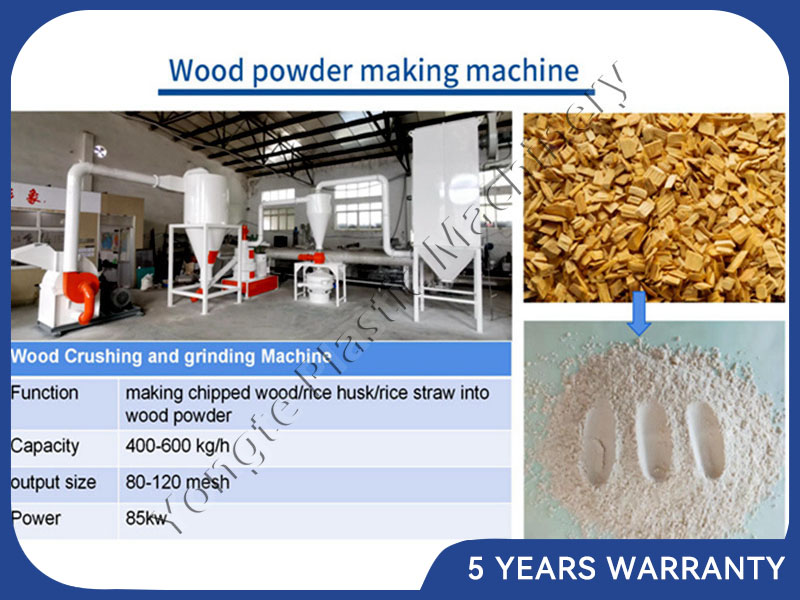Detailed description of WPC Profile Making Machine
2024-06-29
A WPC (Wood-Plastic Composite) Profile Making Machine is specialized equipment used in the manufacturing process of wood-plastic composite profiles. These profiles are used extensively in various industries for applications such as decking, fencing, cladding, and structural components. Here’s a detailed description of what typically characterizes a WPC Profile Making Machine:
1. Material Handling:
- Raw Materials: The machine processes a blend of wood fibers or flour (often sourced from wood waste or agricultural by-products) and thermoplastic polymers (such as polyethylene, polypropylene, or PVC).
- Additives: Depending on the desired properties, additives like coupling agents, lubricants, UV stabilizers, and colorants may be included in the mixture.
2. Extrusion Process:
- Extruder: The core component of the machine is an extruder, which heats and melts the mixture of wood fibers and thermoplastics.
- Mixing and Compounding: Inside the extruder, the raw materials are thoroughly mixed and compounded under controlled temperatures and pressures to ensure homogeneity and proper blending.
- Die Head: The extruded material passes through a die head, where it is shaped into the desired profile form (e.g., decking boards, railing profiles, or structural beams).
3. Profile Forming:
- Cooling and Sizing: After exiting the die, the profile undergoes cooling to solidify its shape. Sizing tools or calibration units ensure the profile achieves precise dimensions and surface finish.
- Cutting: Profiles are cut to specific lengths using cutting tools integrated into the machine or downstream equipment.
4. Features and Capabilities:
- High Output: WPC profile making machines are capable of high production outputs, depending on the complexity and size of the profiles being manufactured.
- Precision Control: Advanced machines feature precise control systems for temperature, pressure, and speed, ensuring consistent quality and dimensional accuracy of the profiles.
- Modular Design: Modular components allow for flexibility in production, enabling customization of profiles and quick changeovers between different product types.
5. Additional Processing:
- Surface Treatment: Some machines offer optional equipment for surface embossing, brushing, or coating to enhance the aesthetic and functional properties of the WPC profiles.
- Secondary Operations: Post-extrusion operations such as drilling, milling, or routing may be performed to add specific features or prepare profiles for assembly.
6. Quality and Compliance:
- Quality Assurance: Machines incorporate quality control measures such as monitoring systems for consistency in profile dimensions, mechanical properties, and surface quality.
- Compliance: Produced profiles often meet industry standards and certifications for performance, durability, and environmental impact.
7. Maintenance and Operation:
- Maintenance Schedule: Regular maintenance of the machine components, including cleaning, lubrication, and inspection, ensures optimal performance and longevity.
- Operator Training: Operators are trained to operate the machine safely and efficiently, including troubleshooting common issues and adjusting parameters for different production requirements.
A WPC Profile Making Machine plays a crucial role in the efficient and scalable production of wood-plastic composite profiles, offering manufacturers the capability to meet diverse market demands for sustainable and durable building materials.



